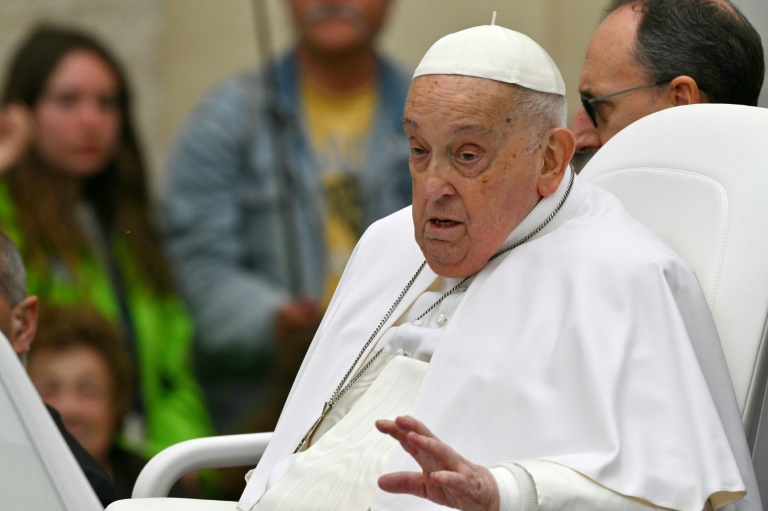Pope Francis’s Death Sparks Global Tributes and a Deluge of Disinformation
The world mourned the passing of Pope Francis, the 88-year-old Argentine reformer who led the Catholic Church for 12 years. Tributes poured in from across the globe, celebrating his life and legacy. However, amidst the genuine expressions of grief and respect, a wave of misinformation and manipulated content surged through online platforms, exploiting the global attention surrounding the pontiff’s death. This unfortunate phenomenon underscored the pervasive nature of disinformation in the digital age and highlighted the very concerns Pope Francis himself frequently voiced.
Throughout his papacy, Pope Francis consistently warned against the dangers of disinformation, recognizing its potential to sow discord and demonize individuals. He likened the spread of "fake news" to the deceptive tactics described in biblical texts and emphasized that even seemingly minor distortions of truth can have far-reaching consequences. Ironically, he became a frequent target of disinformation campaigns, experiencing firsthand the manipulative power of fabricated narratives. One of the most notable instances occurred during the 2016 US presidential election when a hoax claiming his endorsement of Donald Trump went viral, becoming one of the most engaged-with election stories on Facebook.
Following his death, a resurgence of old and new falsehoods aimed at misrepresenting his actions and associations circulated widely online. A manipulated video purporting to show the Pope swatting away President Trump’s hand, a gesture falsely attributed to political disagreement, resurfaced. The original clip, taken from a comedian’s late-night show, was deceptively edited to fuel existing narratives. Other fabricated content included a video falsely claiming to depict satanic rituals at the Pope’s funeral, utilizing unrelated footage from Spain, and a misrepresented photograph of the Pope meeting Holocaust survivors, twisted to suggest an alliance with the Rothschild family, a common target of anti-Semitic conspiracy theories.
The proliferation of disinformation surrounding Pope Francis’s death exemplifies a broader trend of bad actors exploiting major events to spread misinformation and advance specific agendas. Similar campaigns have followed the deaths of other prominent figures, such as Queen Elizabeth II, whose passing triggered a wave of false claims related to vaccines and pedophilia. Digital literacy experts explain this phenomenon as "content following attention," where individuals and groups capitalize on heightened public interest to disseminate their messages, regardless of veracity. Some are motivated by political agendas or conspiracy theories, while others seek financial gain, attention, or simply malicious disruption.
The surge of disinformation also included a reemergence of AI-generated images, including the fabricated image of Pope Francis wearing a white puffer coat, which had previously become an internet sensation. These AI creations, often designed to be visually striking and easily shareable, contribute to the spread of misinformation by blurring the lines between reality and fabrication. New AI-generated content also emerged, such as an image depicting the Pope’s body in an open casket, further exploiting the sensitive nature of the event. Some of these images were linked to malicious websites and scams, highlighting the potential for financial exploitation through disinformation campaigns.
Pope Francis’s own words, cautioning against the misuse of AI technologies to manipulate minds, serve as a poignant reminder of the dangers posed by rapidly advancing technology in the realm of information dissemination. His final warnings against disinformation underscore the urgent need for critical thinking, media literacy, and responsible online engagement. The deluge of false and misleading content surrounding his death serves as a stark illustration of the challenges faced in combating the spread of disinformation and preserving the integrity of information in the digital age. It underscores the importance of his message and the continued need for vigilance against the manipulation and distortion of truth in online spaces.


